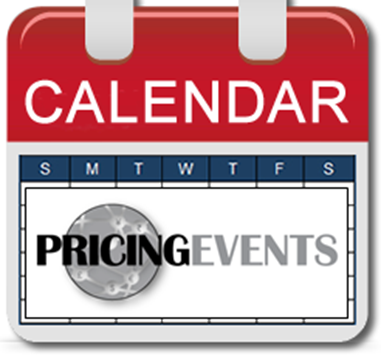How retailers can improve price perception-profitably | McKinsey & Company
New methodologies, powered by big data and advanced analytics, can help retailers attract value-conscious consumers without sacrificing margins.
As retail executives know all too well, most pricing decisions require a trade-off between margin and price perception. To avoid a “race to the bottom”—the self-defeating exercise of trying to beat every competitor’s price on every item—retailers must hone their ability to make smart pricing investments. Indeed, the savviest retailers identify key value categories (KVCs) and key value items (KVIs)—those product categories and SKUs whose prices consumers tend to notice and remember. If a retailer can do this accurately, it can price those specific products competitively while charging higher prices on other items.
Yet, despite the importance of KVC and KVI identification, many retailers still lack a systematic, fact-based process for doing it. Some retailers rely almost entirely on the commercial intuition of experienced category managers. To be fair, a number of retailers do use data to try to isolate KVCs and KVIs: for example, they might benchmark their assortment and prices against those of discounters, on the assumption that price-sensitive consumers use discounters as a baseline for comparison shopping. Some retailers apply a simple heuristic—they use a combination of weighted criteria such as purchase frequency and brand perception to select KVIs.
But in today’s data-rich business environment, retailers can—and certainly should—go beyond these basic techniques. To accurately identify KVCs and KVIs, leading retailers tap into the treasure trove of transaction data, loyalty-card data, and online research available to them. They use sophisticated methodologies that require the ability to analyze billions of transactions and hundreds of gigabytes of data. Harnessing the power of advanced analytics to improve price perception can have significant impact: a margin boost of one to two percentage points, with steady or even increasing sales volume.
Which categories and items affect consumer price perception?
Broadly speaking, products can be classified into two groups: frequently bought items (purchased twice a month or more often) and infrequently bought items. Most grocery items fall into the former classification, but grocery retailers—particularly hypermarkets, which have higher shares of nonfood products—also carry infrequently bought items. By contrast, the assortment of home-improvement retailers consists mainly of infrequently bought items such as power tools and home appliances. Our recommended methodology for identifying KVIs and KVCs differs slightly for each of these two product groups.
Ideally, KVIs will account for 15 to 25 percent of sales in the category. Other products in the assortment are classified as either “foreground” or “background” items (exhibit).
Read complete article here:
How retailers can improve price perception-profitably | McKinsey & Company.













